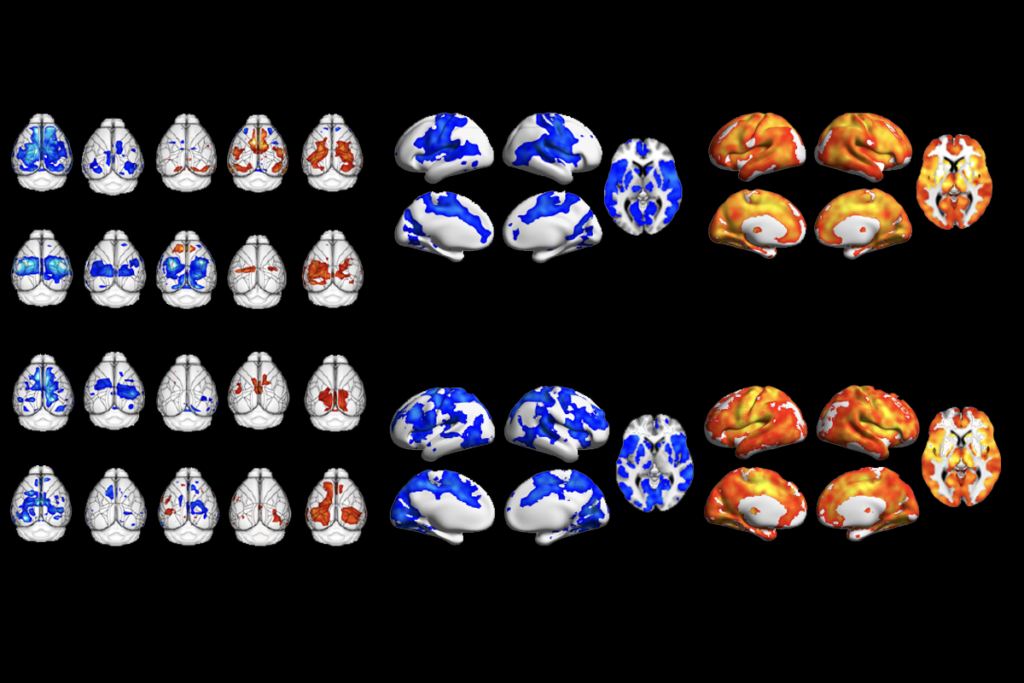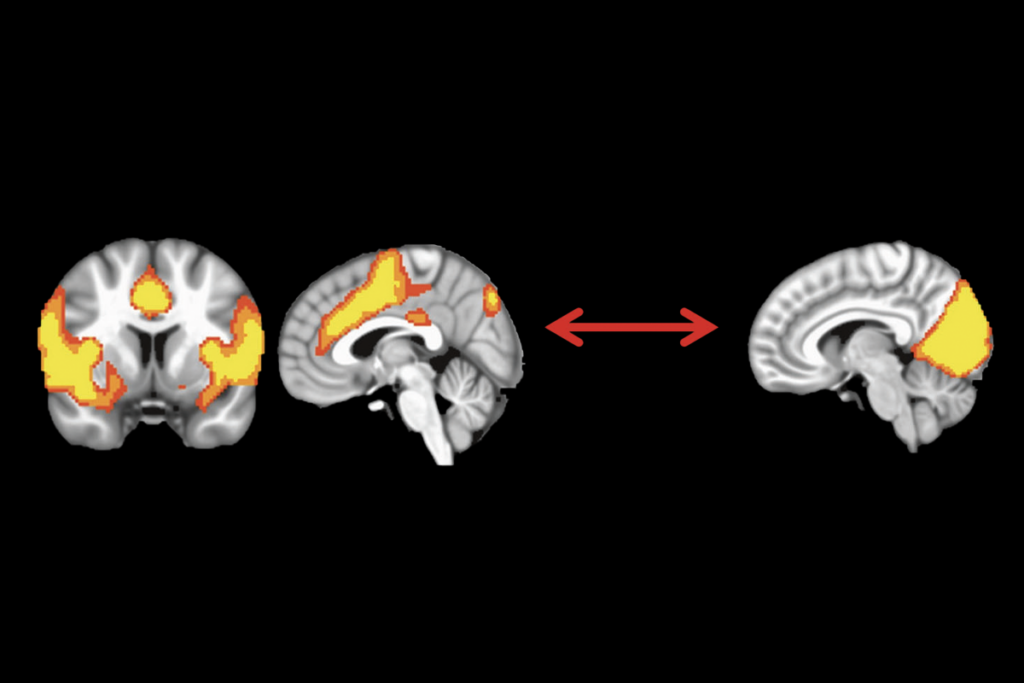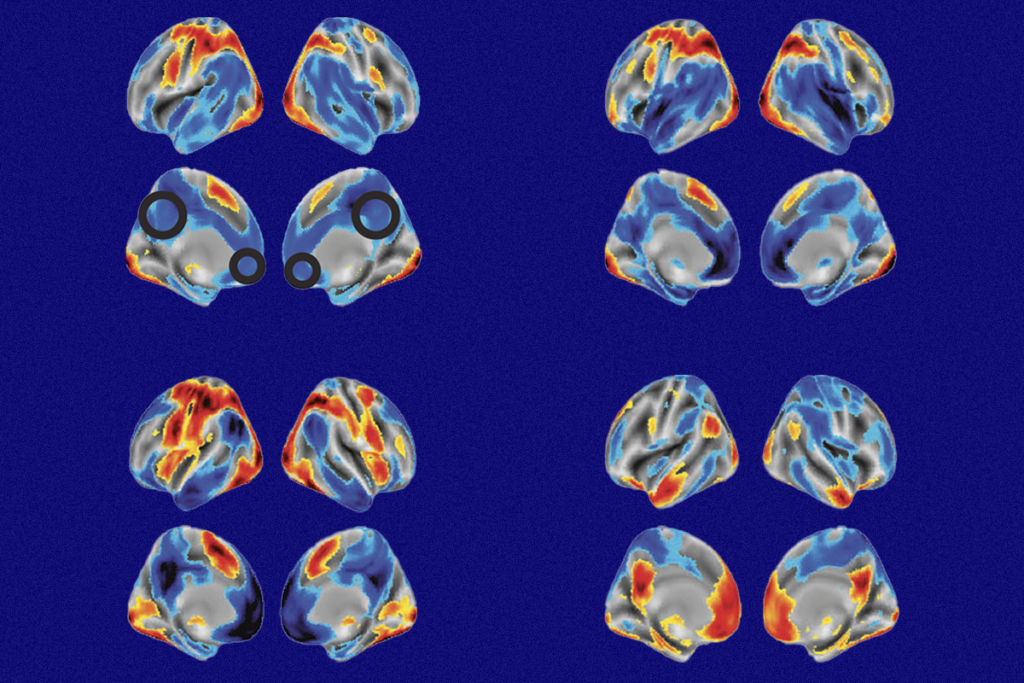High-throughput screen finds genes that link neurons
A new algorithm allows researchers to search among hundreds of genes and identify those involved in building synapses, the junctions that transmit signals between neurons, according to a report published 14 March in PLoS One.
A new algorithm allows researchers to search among hundreds of genes to identify those involved in building synapses, the junctions that transmit signals between neurons, according to a report published 14 March in PLoS One1.
Synapses are made up of hundreds of proteins needed to organize their structure and transmit signals. Many mutations associated with autism and other neurodevelopmental disorders are present in the genes that code for these proteins.
In an attempt to discover any new proteins involved in synapse formation, the researchers used nearly 600 small pieces of RNA to dampen the expression of more than 100 genes.
They found two synaptic candidates: AXIN1, a member of the Wnt developmental pathway, and GRIN2C, which is involved in NMDA receptor-mediated transmission of excitatory signals. Both pathways have been implicated in autism.
References:
- Nieland T.J. et al. PLoS One 9, e91744 (2014) PubMed
Recommended reading

Too much or too little brain synchrony may underlie autism subtypes

Developmental delay patterns differ with diagnosis; and more

Split gene therapy delivers promise in mice modeling Dravet syndrome
Explore more from The Transmitter

During decision-making, brain shows multiple distinct subtypes of activity

Basic pain research ‘is not working’: Q&A with Steven Prescott and Stéphanie Ratté
